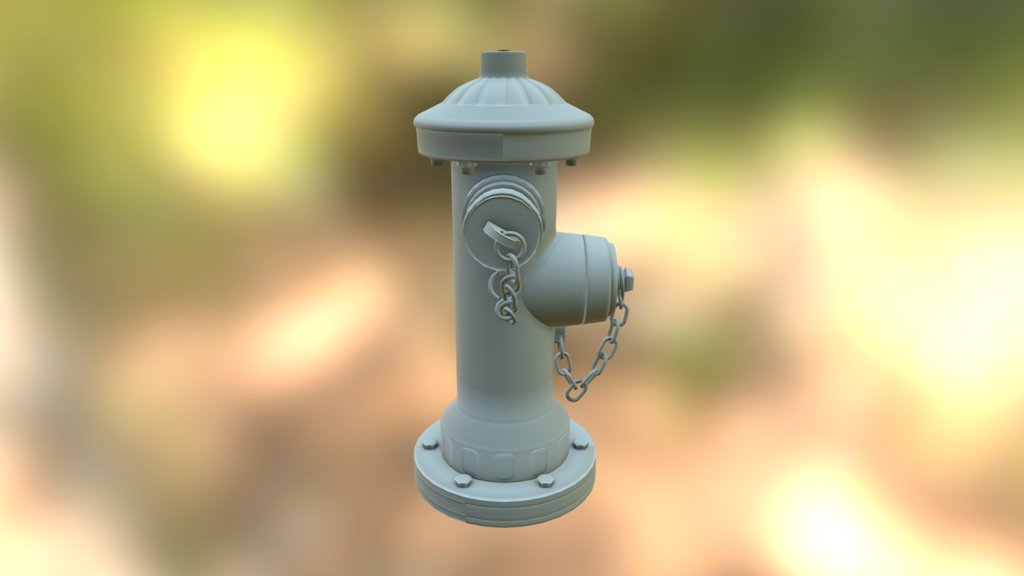
Substance layer tutorial
sketchfab
Unlocking the Secrets of Substance Layer Materials: A Step-by-Step Guide In this comprehensive tutorial, we'll delve into the world of Substance Layer Materials, a powerful tool that allows artists to create complex, high-fidelity materials for 3D modeling and texturing. With Substance Layer Materials, you can craft realistic surfaces that respond to light, texture, and other environmental factors. At its core, a Substance Layer Material is composed of individual layers, each with its own unique properties and characteristics. These layers can be combined in a variety of ways to achieve the desired look and feel for your 3D model. By mastering the art of layer management, you'll unlock new possibilities for creating detailed, photorealistic textures that captivate audiences. To get started, let's break down the basic components of a Substance Layer Material: 1. **Layers**: The foundation of any Substance Layer Material is its individual layers. Each layer can contain various materials, such as textures, metallic paints, and clear coats. 2. **Material Layers**: These are the building blocks of your Substance Layer Material. You can create different material layers for each aspect of your model, like the paint, metal, or wood. 3. **Layer Groups**: By grouping related layers together, you can easily manage complex materials with many individual layers. Now that we've covered the basics, let's dive deeper into how to create and customize Substance Layer Materials: **Step 1: Setting Up Your Project** Begin by creating a new project in your preferred DCC (Digital Content Creation) software. Choose the desired resolution and file format for your model. Next, set up a new Substance Painter document or open an existing one. **Step 2: Creating Individual Layers** Create individual layers for each aspect of your model, such as paint, metal, or wood. You can use various tools to create textures, metallic paints, and clear coats. **Step 3: Combining Layers** Combine the individual layers into groups to create a cohesive material. Use layer groups to organize related layers and make it easier to manage complex materials. **Step 4: Customizing Your Material** Customize your Substance Layer Material by adjusting parameters like texture resolution, metallic paint intensity, and clear coat thickness. Experiment with different combinations of layers and settings to achieve the desired look. By following these steps and mastering the art of layer management, you'll be well on your way to creating stunning Substance Layer Materials that elevate your 3D models to new heights.
With this file you will be able to print Substance layer tutorial with your 3D printer. Click on the button and save the file on your computer to work, edit or customize your design. You can also find more 3D designs for printers on Substance layer tutorial.
